I want to mix up to four AC signals, that may or may not be DC biased, but will always be between -5.6 and +5.6. For that I was going to use a summing amp. (If anyone wants to talk me out of that in a comment, feel free, but that's not the main focus of the question.)
I also want to be able to connect/disconnect the signals to the mixer via a microcontroller. I'm not THAT concerned with a little distortion or delay, since the signals are monotone and mostly for testing purposes. I have read that a relay is probably my best bet, but I don't have any around at the moment. Therefore, I tried to design one using the discrete components I have, which are BJTs, MOSFETs, and the normal passives. I read this post, but I'm not really sure how to apply SCRs or TRIACs. The TRIAC's wiki page lost me when it started talking about quadrants, haha. I just want to pass the signal, or block it.
For instance, I drew up and simulated the following BJT schematic. Since it's my own creation, I of course don't trust it, but it seems to work, with only 10nA pulled from the control pin. Could anyone give me a reason why a relay is preferable?
 Output is OFF when VCONT=5. Current leakage also shown.
Output is OFF when VCONT=5. Current leakage also shown.
 Output is ON when Vcon=0
Output is ON when Vcon=0
In reference to Russell's comment, I tried to simulate this circuit:
But the control (shown here as voltage source) cannot be grounded. In this pic it works, because the control is isolated. I tried adding a resistor between ground and sources, but that does not allow for full cutoff.
At Russell's behest, I built the NMOS version and it worked even though the simulations show only a dampening for the positive swing:
This was the circuit that was simulated and built/tested:
Oscilloscope measurement (when forgetting to ground the Source, or having very high R to ground):
Oscilloscope measurement with the 6.8k resistor from S to GND:
Voltmeter measurements:
When Vcon=HIGH: 0 uA from Vcon, 12 uA from signal into input, 9 uA from Source to GND.
When Vcon=LOW:0 uA from Vcon, 0 uA from signal to input, 0 uA from Source to GND.
